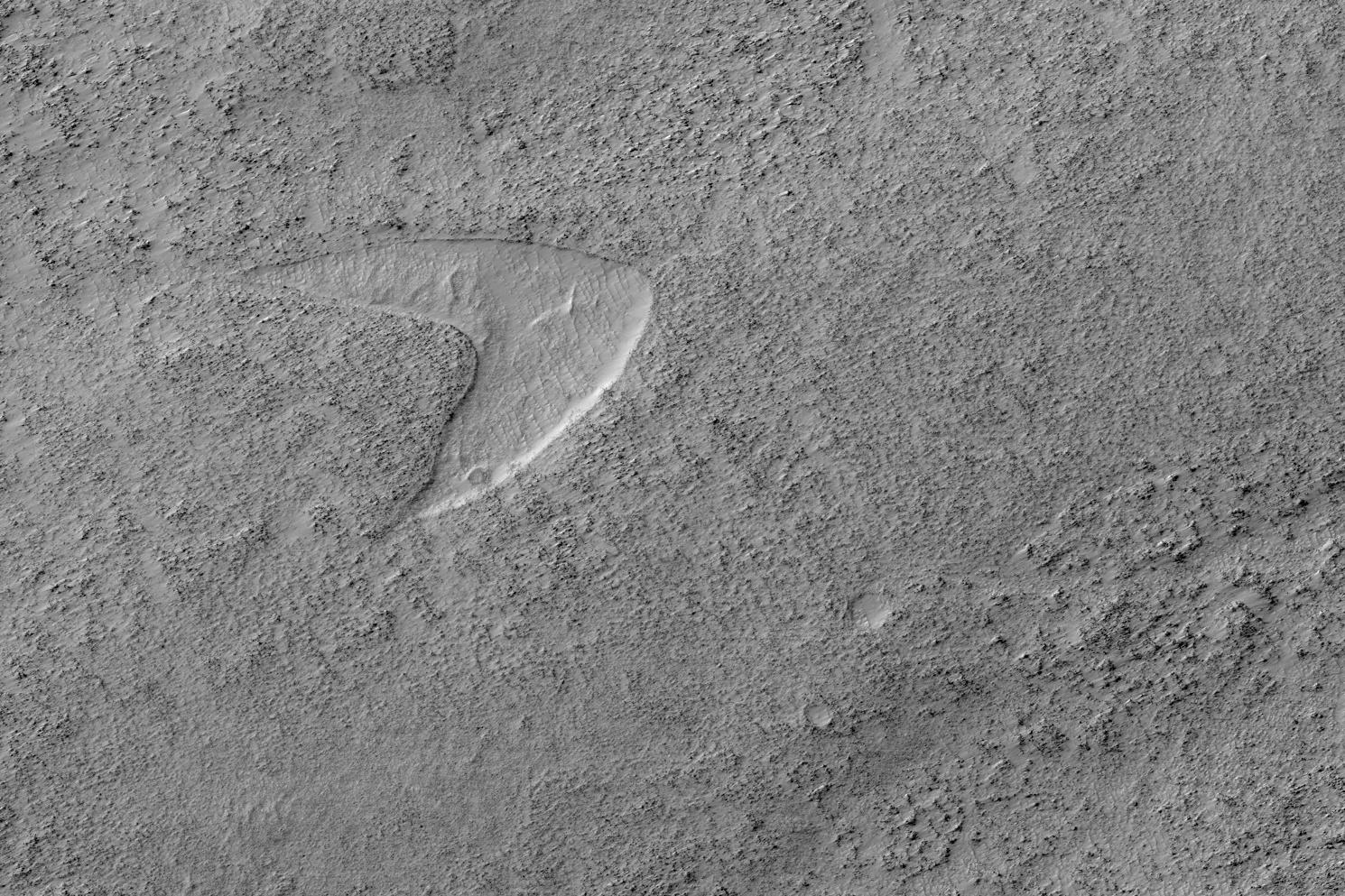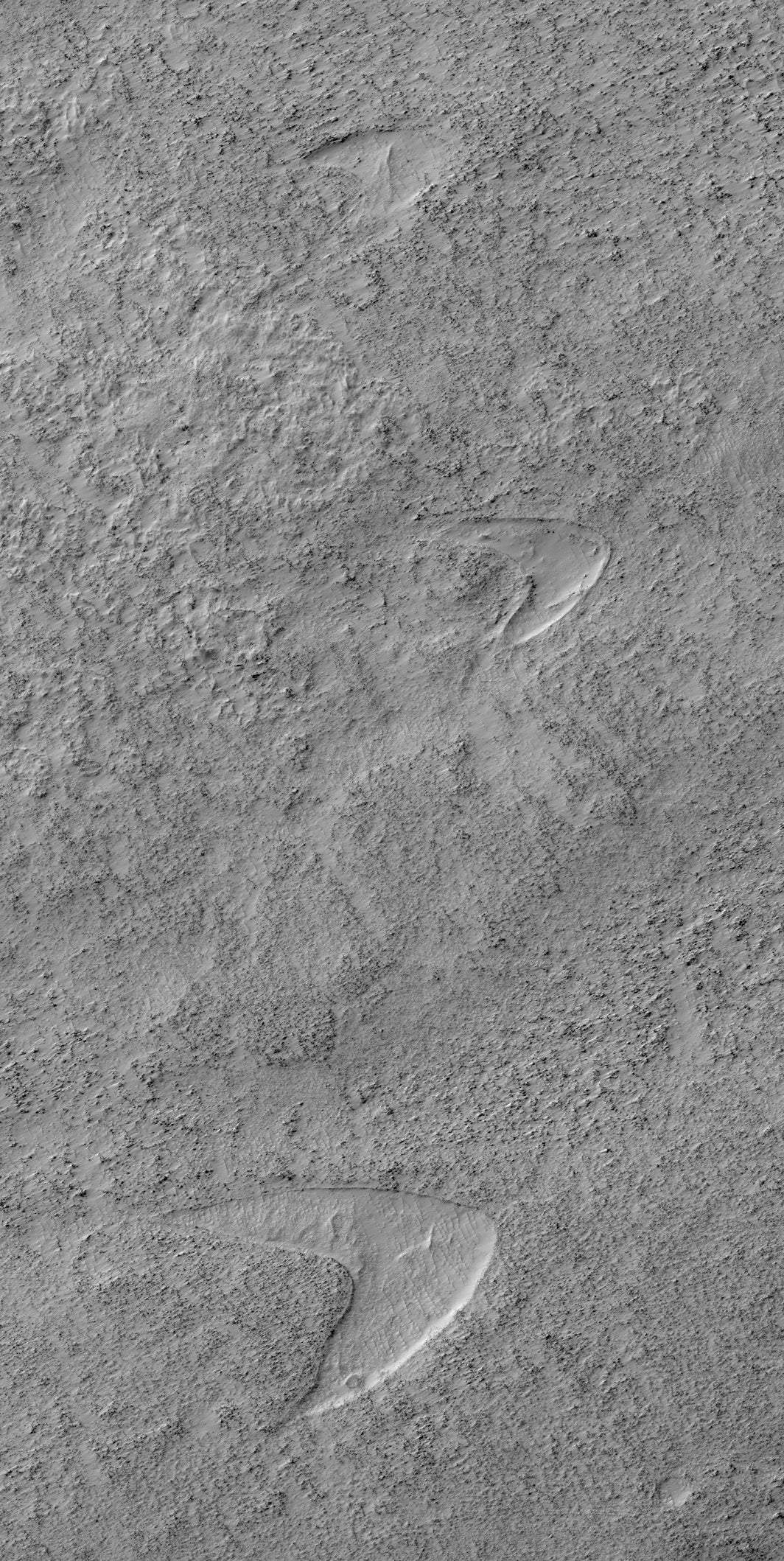Nasa spots huge 'Star Trek' logo on the surface of Mars
'Enterprising viewers will make the discovery that these features look conspicuously like a famous logo'

Your support helps us to tell the story
From reproductive rights to climate change to Big Tech, The Independent is on the ground when the story is developing. Whether it's investigating the financials of Elon Musk's pro-Trump PAC or producing our latest documentary, 'The A Word', which shines a light on the American women fighting for reproductive rights, we know how important it is to parse out the facts from the messaging.
At such a critical moment in US history, we need reporters on the ground. Your donation allows us to keep sending journalists to speak to both sides of the story.
The Independent is trusted by Americans across the entire political spectrum. And unlike many other quality news outlets, we choose not to lock Americans out of our reporting and analysis with paywalls. We believe quality journalism should be available to everyone, paid for by those who can afford it.
Your support makes all the difference.Nasa has spotted strange chevrons on Mars – and they look more than a little like an appropriate logo.
The curious shapes look remarkably like the famous logo from Star Trek and is carved into the surface of our nearby neighbour.
But the space agency is keen to stress that the icon has not been carved into the red planet by the Starfleet. "Enterprising viewers will make the discovery that these features look conspicuously like a famous logo: and you’d be right, but it’s only a coincidence," it wrote.
Instead, it's a natural phenomenon that shows how Mars has developed over its history. The shapes – spotted on the Hellas Planitia plane on the south of Mars – were formed by a confluence of dunes, lava and wind that tell the story of the red planet's surface.
On ancient Mars, there were huge crescent-shaped dunes that moved over the area. At some point, an eruption meant that lava flowed around the dunes but did not reach their top.
When the lava became solid, the dunes were higher up, like islands. But the wind was still able to shift them, and it continued to blow – pushing the sand piles away.
That left behind the gaps in the lava plain that the dunes once filled. They are known as "dune casts", and set like casts made out of plaster – leaving an unchanging record of the now disappeared dust.
Zooming out, it's possible to see that there are actually a variety of the chevrons visible on the surface.

The images were taken by Nasa's HiRISE camera, which is floating over the Mars surface onboard the space agency's Mars Reconnaissance Orbiter.
Join our commenting forum
Join thought-provoking conversations, follow other Independent readers and see their replies
Comments